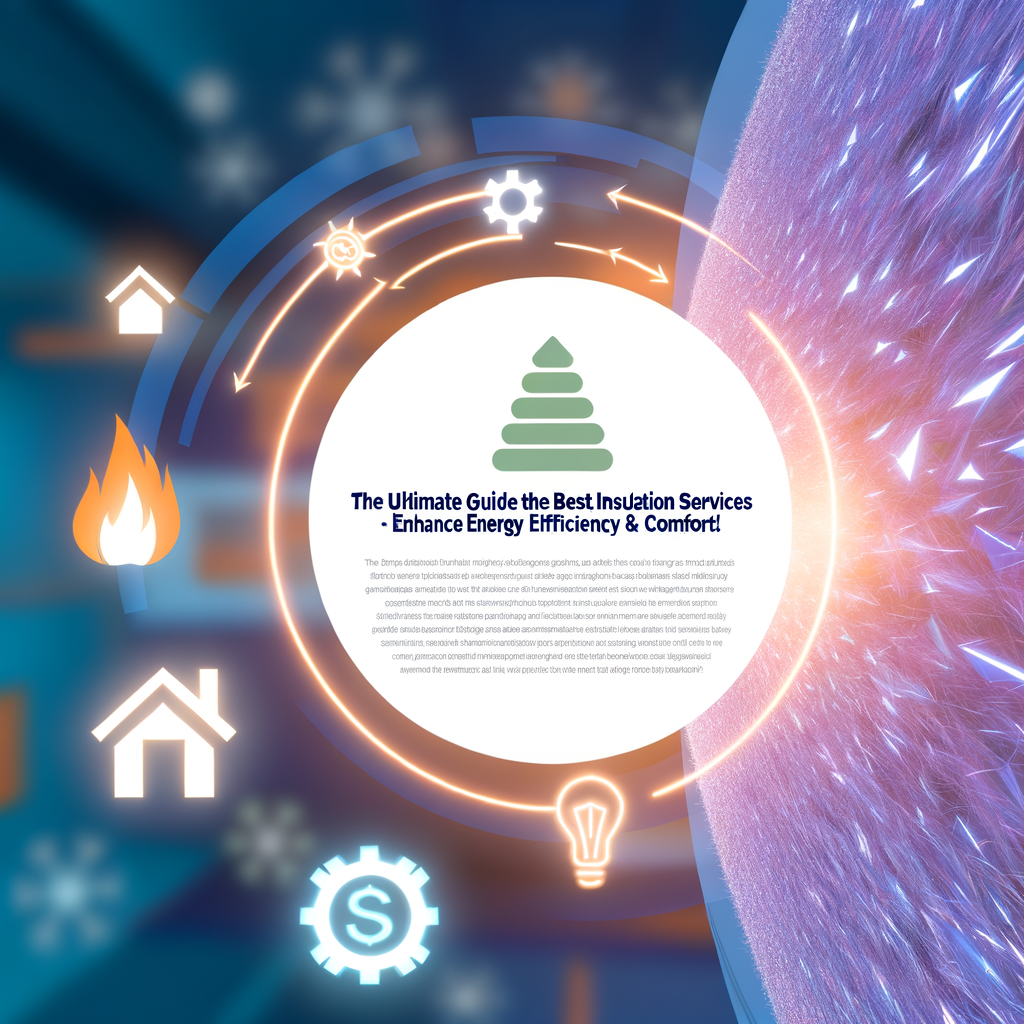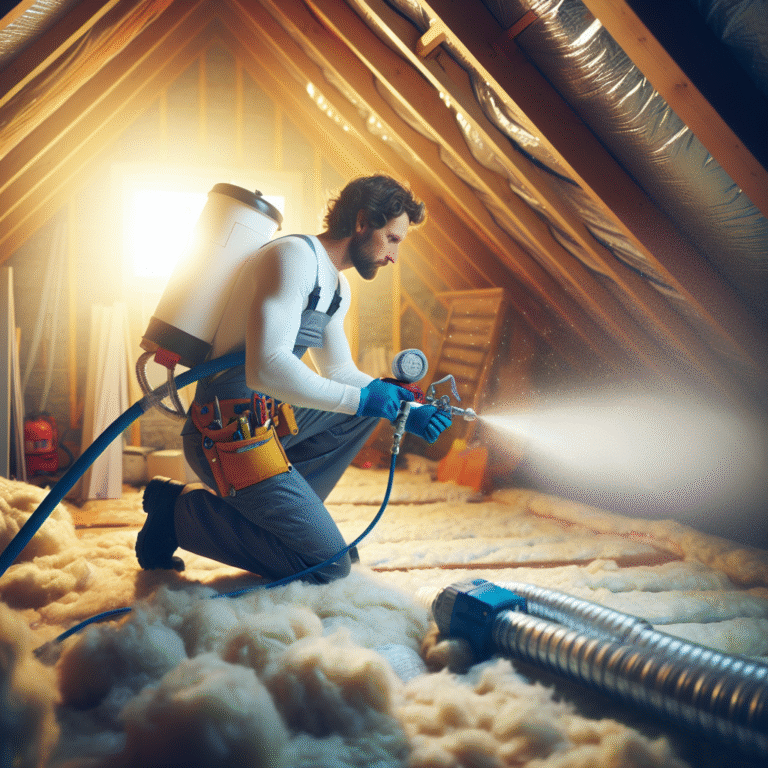“`html
The Ultimate Guide to Blown-In Insulation for Homes

Table of Contents
- Introduction
- What is Blown-In Insulation?
- Types of Blown-In Insulation
- Benefits of Blown-In Insulation
- How to Apply Blown-In Insulation
- FAQ Section
- Conclusion & CTA
Introduction
When it comes to enhancing the energy efficiency of your home, choosing the right insulation is critical. Blown-in insulation is a premiere option known for its effectiveness and ease of installation. This guide will walk you through everything you need to know about blown-in insulation for homes.
What is Blown-In Insulation?
Blown-in insulation, also known as loose-fill insulation, involves using a machine to blow insulating material into attics, walls, and crawl spaces. This material primarily comprises fiberglass, cellulose, or mineral wool, each serving to enhance thermal performance and energy conservation in buildings.
Types of Blown-In Insulation
Choosing the right type of blown-in insulation depends on your specific home needs and energy goals:
- Fiberglass: Composed of tiny glass fibers and ideal for moisture resistance.
- Cellulose: Made from recycled paper products and treated for fire resistance, offering superior thermal insulation.
- Mineral Wool: Known for its fire-resistant properties and soundproofing abilities.
Benefits of Blown-In Insulation
- Enhanced energy efficiency, leading to lower utility bills.
- Improved home comfort by maintaining consistent indoor temperatures.
- Effective soundproofing that reduces external noise interference.
- Increased fire resistance, contributing to a safer home environment.
- Eco-friendly options that utilize recycled materials, promoting sustainability.
How to Apply Blown-In Insulation
Step 1: Assessment
Engage a professional to assess your home’s current insulation and determine the best approach for adding blown-in insulation.
Step 2: Preparation
Prepare your home for installation by ensuring areas are clear of dust and debris, which enhances the efficiency of the installation process.
Step 3: Installation
Using specialized machines, a professional installer will blow the insulative material into designated spaces. The depth and density of the installation will depend on your specific energy needs and the climate in your region.
FAQ Section
Q: What is the cost of installing blown-in insulation?
A: The cost varies depending on the size of your home and the type of material used but typically ranges from $1 to $1.50 per square foot.
Q: How long does blown-in insulation last?
A: When properly installed, blown-in insulation can last up to 30 years or more, varying by material type and environmental factors.
Q: Is blown-in insulation better than batts?
A: Blown-in insulation offers more comprehensive coverage and is generally considered more effective at reducing energy leakage compared to traditional batt insulation.
Conclusion & Call to Action
Blown-in insulation represents a powerful solution for homeowners seeking to enhance their home’s energy efficiency, comfort, and safety. With its variety of materials and benefits, it accommodates a wide range of home insulation needs.
???? Click Here to explore your insulation options and get professional advice on choosing the right insulation for your home..
“`




